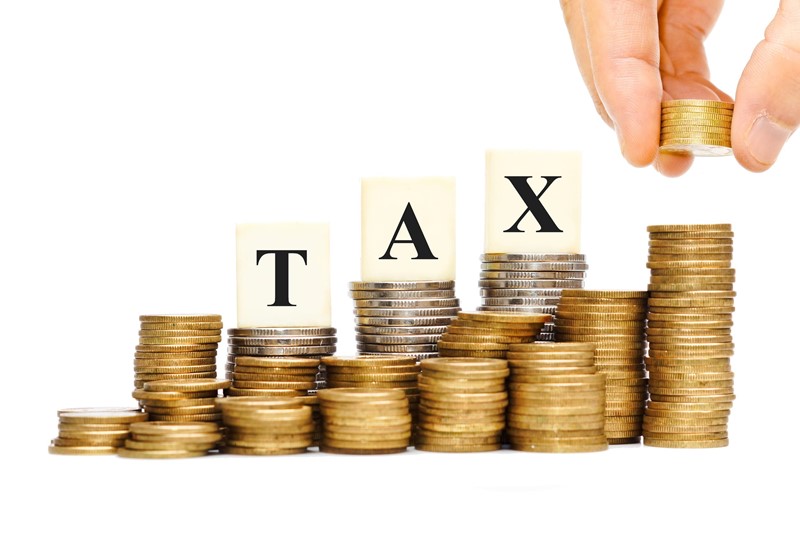There are special rules that must be followed when you sell an asset on which capital allowances have been claimed. Capital allowances is the term used to describe the tax relief businesses can claim on certain capital expenditure and thereby reduce the amount of taxable profits.
The sales value is usually the sales price. If you gave the asset away, stopped using the asset or sold it for less than it was worth then the market value should be used.
If you originally claimed 100% tax relief on the item, the business is required to add back the difference to their taxable profits. This is known as a balancing charge. A balancing charge is effectively a way of ensuring that a business does not claim more tax relief than they were entitled to on the purchase of a business asset. The balancing charge works in the opposite way to a capital allowance and increases the amount of profit on which tax is due.
If you originally used writing down allowances, you may have a balancing allowance or a balancing charge.
There are special rules for dealing with any balancing charges or balancing allowances where a business ceases to trade.


Recent Comments